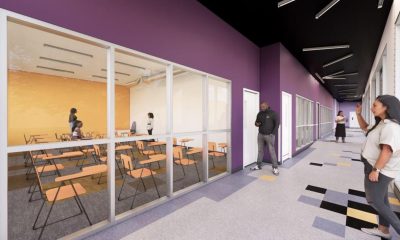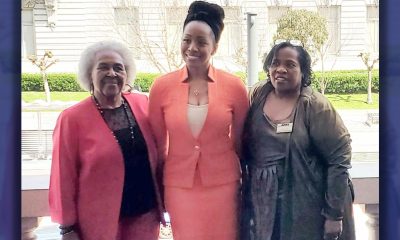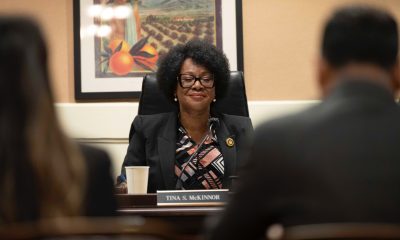Community
Artificial Intelligence In School: Virtually Chatting With George Washington And Your Personal Gpt-4 Tutor
ChatGPT both awed and alarmed the computer savvy and the computer-phobic public when the encyclopedic chatbot debuted in November. Teachers worried about cheating, and parents feared the unknown. The artificial intelligence software, which analyzes mammoth amounts of information from the internet, spits out impressive essays and logical answers to seemingly any question — even, on occasion, with undue confidence, as it miscalculated a math problem or made up an answer.

By John Fensterwald
EdSource
ChatGPT both awed and alarmed the computer savvy and the computer-phobic public when the encyclopedic chatbot debuted in November. Teachers worried about cheating, and parents feared the unknown.
The artificial intelligence software, which analyzes mammoth amounts of information from the internet, spits out impressive essays and logical answers to seemingly any question — even, on occasion, with undue confidence, as it miscalculated a math problem or made up an answer.
Sal Khan, founder and chief executive of the Mountain View-based nonprofit global classroom Khan Academy, envisions artificial intelligence as a powerful tool for learning and teaching. On the same day last week that the research lab OpenAI released GPT-4, which is an even more advanced version of ChatGPT, Khan introduced Khanmigo. It’s an application of GPT-4 that will be integrated into Khan Academy’s lessons and videos.
The timing wasn’t coincidental. Khan had been working for six months with OpenAI on the application, getting a sense of GPT-4’s possibilities, he said.
“We view it as our responsibility to start deeply working with artificial intelligence, but threading the needle so that we can maximize the benefits and mitigate the risks,” he said. “We think artificial intelligence needs to be a tool for real learning and not for cheating.”
Khan Academy offers free personalized learning where students can work at their own pace, a comprehensive set of pre-K through early college courses and programs on life skills. Its videos and prompts guide students through content that’s available in 50 languages. Tens of millions of students have used Khan Academy.
Khan said Khanmigo will act like a “virtual Socrates,” asking questions and coaxing answers, not giving them, suggesting how to create students’ essays, not writing them — just as a good tutor would, he said.
Studies point to “high-dosage tutoring” — face-to-face, in school, several times each week with the same tutor — as the most effective form of tutoring. But those tutors are hard to find and often expensive. Instead, many districts are relying on tutoring in after-school programs and through companies that offer tutoring by text or phone, more like homework help.
Khanmigo will work in real time in the classroom with students who are struggling, Khan said. Teachers who integrate Khan Academy will have a record of Khanmigo’s “conversations” with individual students and monitor their progress, Khan said. Parents will have full access to what students are working on at home, too.
Khanmigo will engage and captivate students in ways that haven’t been possible until developments in artificial intelligence in the last few years, Khan said. What’s available already hints at the potential, he said. Students can have conversations with presidents they’re studying in history class. Khanmigo will take the other side in debate exercises.
Over time, there will be a lot to offer teachers, from correcting papers to creating handouts and prompts for discussions. Khan Academy has been consulting with experienced teachers and content experts on an activity to develop lesson plans, “and it’s quite good,” Khan said.
The assistance will save teachers time so that they can spend more of the day focusing on their students.
To be clear, he said in announcing Khanmigo, this will be a “learning journey,” and “there is a long way to go. AI makes mistakes. Even the newest generation of AI can still make errors in math.”
That is why Khanmigo is rolling out slowly, as Khan and his team troubleshoot and build safeguards into the system, defining areas that are inappropriate and off-limits.
The first users have been a select group of students, teachers and funders. Soon Khanmigo will be open to the 500 school districts nationwide that have partnered with Khan Academy. In California, they include Atwater Elementary School District, Long Beach Unified and Compton Unified.
Khan is inviting individuals to join a waiting list and will let in several thousand in the coming weeks. Khan is charging them $20 per month to cover development expenses and OpenAI’s fees. The cost should come down substantially in coming months, and there’ll be no charge for low-income schools, he said.
Compton Superintendent Darin Brawley said Friday that high school grades hadn’t used Khan Academy since the start of the pandemic but the district is interested in learning more about its use of artificial intelligence in the classroom.
Copyright © 2023 Bay City News, Inc. All rights reserved. Republication, rebroadcast or redistribution without the express written consent of Bay City News, Inc. is prohibited. Bay City News is a 24/7 news service covering the greater Bay Area.
Activism
Oakland Post: Week of April 24 – 30, 2024
The printed Weekly Edition of the Oakland Post: Week of April 24 – 30, 2024
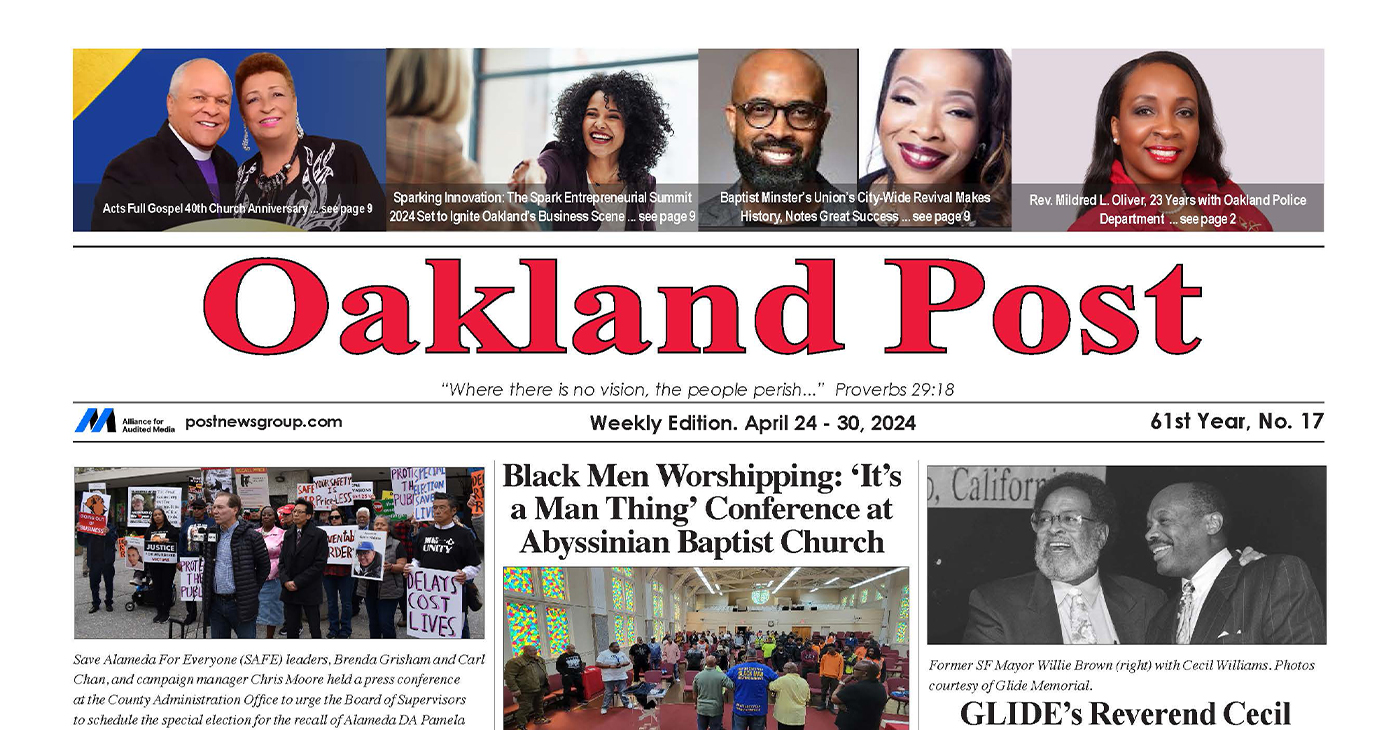
To enlarge your view of this issue, use the slider, magnifying glass icon or full page icon in the lower right corner of the browser window. ![]()
Alameda County
DA Pamela Price Stands by Mom Who Lost Son to Gun Violence in Oakland
Last week, The Post published a photo showing Alameda County District Attorney Pamela Price with Carol Jones, whose son, Patrick DeMarco Scott, was gunned down by an unknown assailant in 2018.
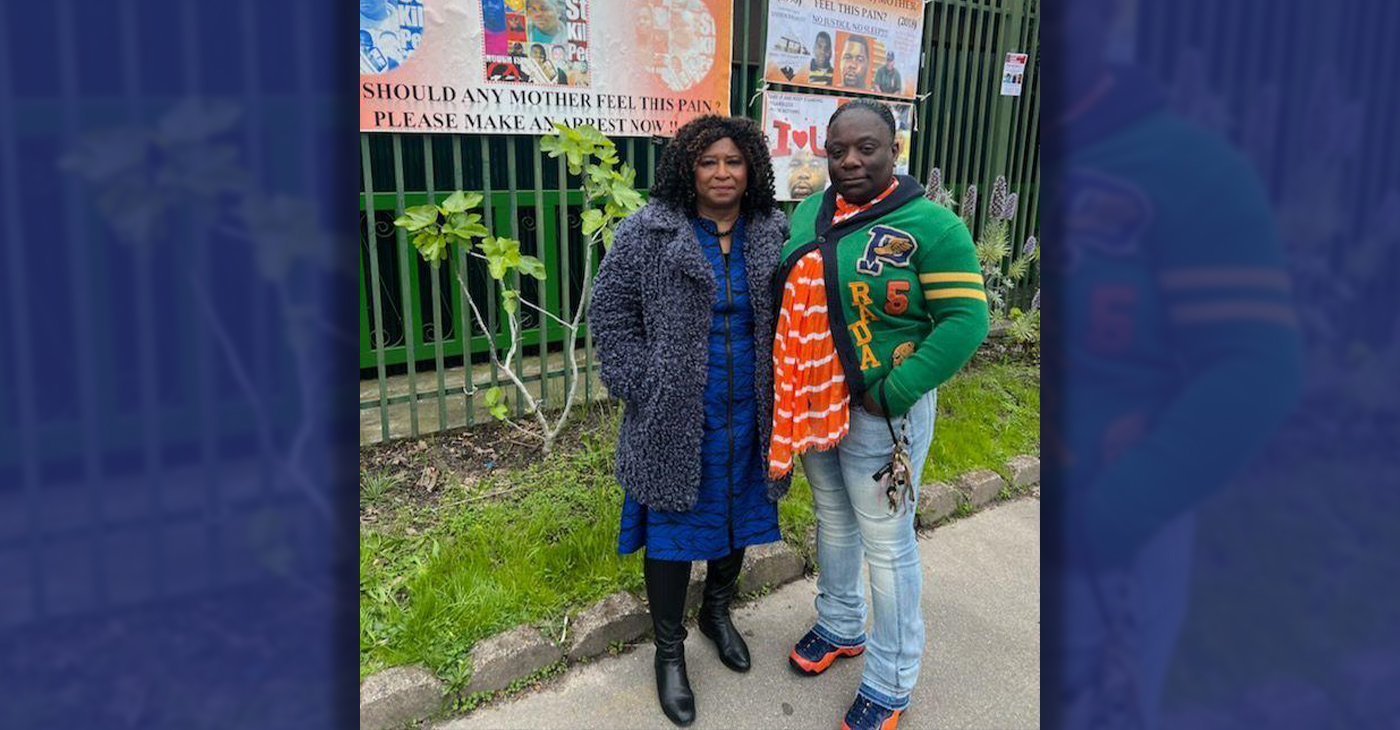
Publisher’s note: Last week, The Post published a photo showing Alameda County District Attorney Pamela Price with Carol Jones, whose son, Patrick DeMarco Scott, was gunned down by an unknown assailant in 2018. The photo was too small for readers to see where the women were and what they were doing. Here we show Price and Jones as they complete a walk in memory of Scott. For more information and to contribute, please contact Carol Jones at 510-978-5517 at morefoundation.help@gmail.com. Courtesy photo.
City Government
Vallejo Welcomes Interim City Manager Beverli Marshall
At Tuesday night’s Council meeting, the Vallejo City Council appointed Beverli Marshall as the interim city manager. Her tenure in the City Manager’s Office began today, Wednesday, April 10. Mayor Robert McConnell praised Marshall’s extensive background, noting her “wide breadth of experience in many areas that will assist the City and its citizens in understanding the complexity of the many issues that must be solved” in Vallejo.
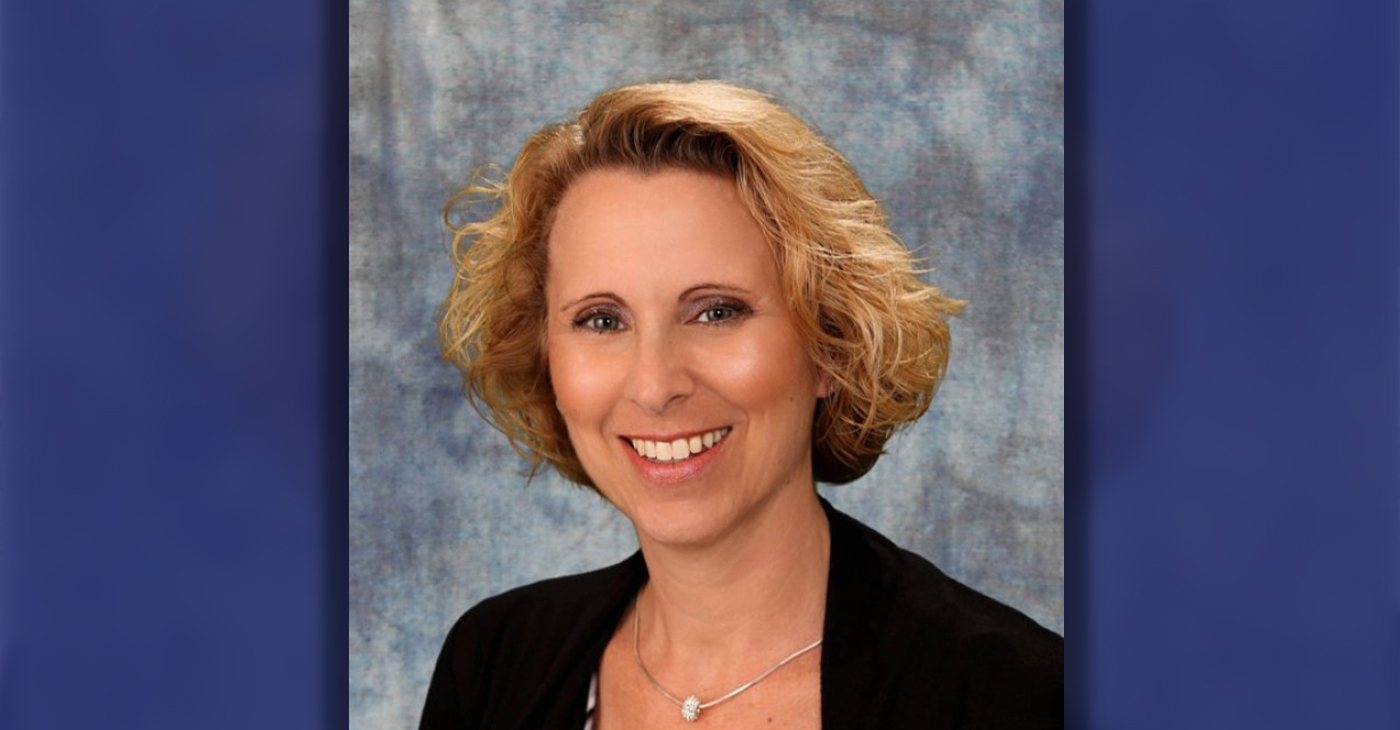
Special to The Post
At Tuesday night’s Council meeting, the Vallejo City Council appointed Beverli Marshall as the interim city manager. Her tenure in the City Manager’s Office began today, Wednesday, April 10.
Mayor Robert McConnell praised Marshall’s extensive background, noting her “wide breadth of experience in many areas that will assist the City and its citizens in understanding the complexity of the many issues that must be solved” in Vallejo.
Current City Manager Michael Malone, whose official departure is slated for April 18, expressed his well wishes. “I wish the City of Vallejo and Interim City Manager Marshall all the best in moving forward on the progress we’ve made to improve service to residents.” Malone expressed his hope that the staff and Council will work closely with ICM Marshall to “ensure success and prosperity for the City.”
According to the Vallejo Sun, Malone stepped into the role of interim city manager in 2021 and became permanent in 2022. Previously, Malone served as the city’s water director and decided to retire from city service e at the end of his contract which is April 18.
“I hope the excellent work of City staff will continue for years to come in Vallejo,” he said. “However, recent developments have led me to this decision to announce my retirement.”
When Malone was appointed, Vallejo was awash in scandals involving the housing division and the police department. A third of the city’s jobs went unfilled during most of his tenure, making for a rocky road for getting things done, the Vallejo Sun reported.
At last night’s council meeting, McConnell explained the selection process, highlighting the council’s confidence in achieving positive outcomes through a collaborative effort, and said this afternoon, “The Council is confident that by working closely together, positive results will be obtained.”
While the search for a permanent city manager is ongoing, an announcement is expected in the coming months.
On behalf of the City Council, Mayor McConnell extended gratitude to the staff, citizen groups, and recruitment firm.
“The Council wishes to thank the staff, the citizens’ group, and the recruitment firm for their diligent work and careful consideration for the selection of what is possibly the most important decision a Council can make on behalf of the betterment of our City,” McConnell said.
The Vallejo Sun contributed to this report.
-

 Activism4 weeks ago
Activism4 weeks agoOakland Post: Week of March 27 – April 2, 2024
-

 #NNPA BlackPress4 weeks ago
#NNPA BlackPress4 weeks agoBeloved Actor and Activist Louis Cameron Gossett Jr. Dies at 87
-

 Community2 weeks ago
Community2 weeks agoFinancial Assistance Bill for Descendants of Enslaved Persons to Help Them Purchase, Own, or Maintain a Home
-

 Activism3 weeks ago
Activism3 weeks agoOakland Post: Week of April 3 – 6, 2024
-

 Business2 weeks ago
Business2 weeks agoV.P. Kamala Harris: Americans With Criminal Records Will Soon Be Eligible for SBA Loans
-

 Community2 weeks ago
Community2 weeks agoAG Bonta Says Oakland School Leaders Should Comply with State Laws to Avoid ‘Disparate Harm’ When Closing or Merging Schools
-

 Activism2 weeks ago
Activism2 weeks agoOakland Post: Week of April 10 – 16, 2024
-

 Community1 week ago
Community1 week agoOakland WNBA Player to be Inducted Into Hall of Fame

